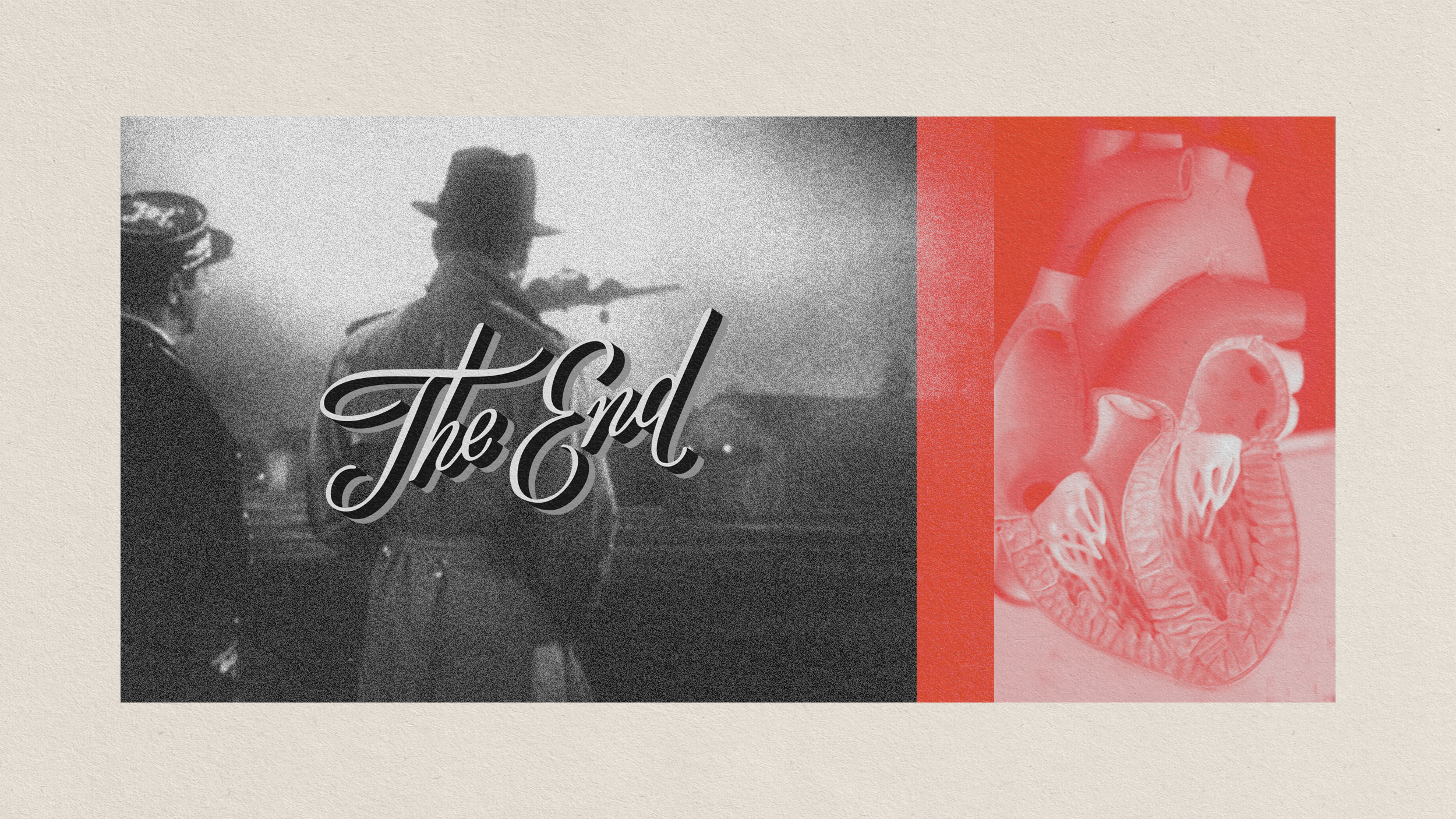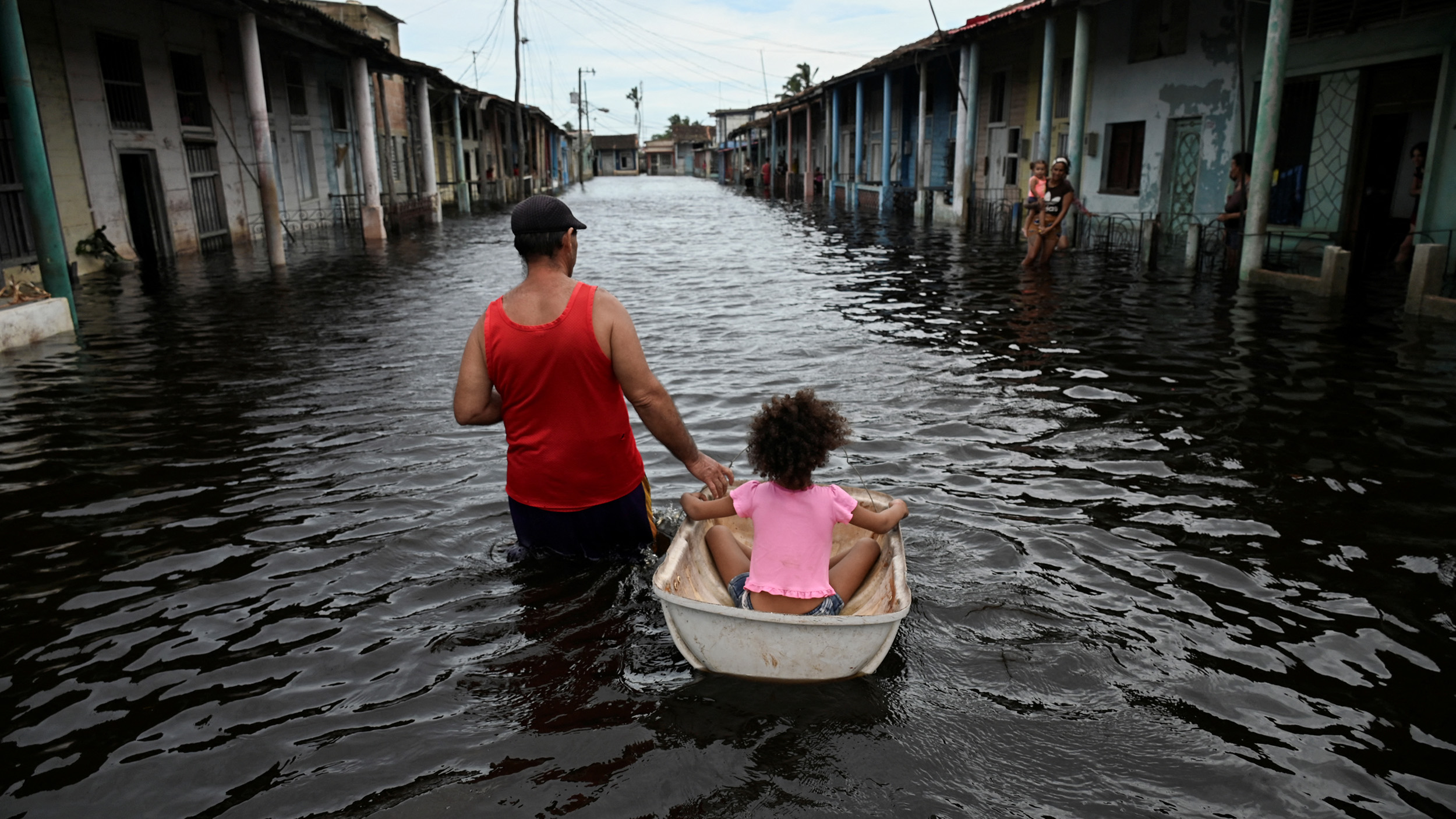Periodically, it has to be restructured.
Question: How do you organize a mega-church?
Rick Warren: I had a number of different mentors in life, but one of my mentors was Peter Drucker. And he mentored me in principles of leadership for about 20 years. And one of the things I learned, I asked him one day, “How often does a rapidly growing organization – a company, a church, a city – have to reorganize or restructure in a period of rapid growth?”
And Peter told me, he said, “I think about every 45% growth.”
Now later I heard him use two other different numbers, so I think he just made up the number. But the point is, it was periodically you have to restructure. Jesus said, “You can’t put new wine in old wineskins.” No animal can grow above seven inches without a skeleton.
Nobody’s ever started a church smaller than me, because my first member was my wife. In January of 1980, I preached the first sermon. She didn’t like it, it’s been downhill ever since. I wouldn’t give up. I didn’t know how to give up.
So we began to grow, and pretty soon we had 100 members, and then 200, and then 300. And what works in decisions when you have 50 people doesn’t work when you have 150 people. And the way you organize and make decisions when you have 150 doesn’t work at 500, or 1,000, or 2,000. What works at 5,000 people doesn’t work at 6,000. And so we end up restructuring pretty much every year. When we just restructured from 20,000 to 22,000 people every weekend; the way we add staff and things like that.
There are two ways we restructure right now. One of them is I don’t really pastor the entire church. It’s too big. There are now over 100,000 names on the roll of attenders of Saddleback Church. So Saddleback Church is the size of a city. I mean I could be a mayor. Just call me Mayor Rick instead of Pastor Rick. The church I pastor is like 1,000 times as big as the town I grew up in. It’s 100,000 names. Well think about this. In 100,000 names, how many people are in the hospital every week in a typical city? A lot. How many people have marriage problems in a city of 100,000? A lot, you know? How many deaths, and marriages? A lot. So you have to build it so it’s not built on your personality. There’s no superstar pastor who can personally care for the needs of everybody. And so I actually pastor about 14 other pastors. And these 14 pastors take care of about 450 full-time staff. And those 450 full-time staff take care of over 10,000 lay leaders in different small groups. And those 10,000 lay leaders in different groups and ministries take care of 100,000 people.
So in many ways it’s division of labor just in the way when Moses came out of Egypt and they were going into the Promised Land, God said, “Moses you are to appoint leaders of 10, and leaders of 50, and leaders of 100, and leaders of 1,000. Because if you try to do all this work yourself you’re going to die. You’re going to burn out.” That’s what his father-in-law who was named Jethro; he was the original management consultant.
So we call it “Jethrogation” instead of delegation based on Moses’ father-in-law who said, “Here’s the management principle for the people of God.” But the key to a body growing is you’re not just one cell and you get bigger, and bigger, and bigger. Your body is many cells. In my case a lot of cells.
And what people never understand about Saddleback – journalists get this wrong all the time – is they come and they see the Sunday morning services, and the big crowds, and all that we do on the weekend and they think that’s Saddleback Church. Not at all.
That’s the tip of the iceberg. In an iceberg, 95% is below the water. The real church is not what happens on a weekend service and the big services. The real church is what happens in about 3,800 small groups all during the week spread out. We encourage every member of our church to be a part of a small community – a community of faith. And that would be six, eight, 10 people. If you get more than about 10 people in the group, then somebody’s going to stop talking, and somebody’s going to stop listening, and the more dominant personality will tend to rule the group. So we really think that in small group communities, small is better – six people, eight people, whatever. And so we developed a program called 40 Days of Purpose. And this is a campaign that we did that is a small group factory. It develops small groups.
And when we first did this in 2002, we had 800 small groups in our church, and we added almost 2,000 groups. I think 1,600 small groups in one week by people saying, “I want to study what is the meaning and purpose of life.” And we now keep adding. We’ve had other campaigns – 40 Days of Community; 40 Days of Peace – and we now have, as I said, about 3,800 small groups. They meet in the home. They rotate the leadership. We give them materials and lots of choices of things to study, but it’s basically just discussion guides based on Scripture, Bible study, common problems that people deal with. And they’re in every city in Southern California from Santa Monica to Carlsbad.
Recorded on: December 11, 2007





